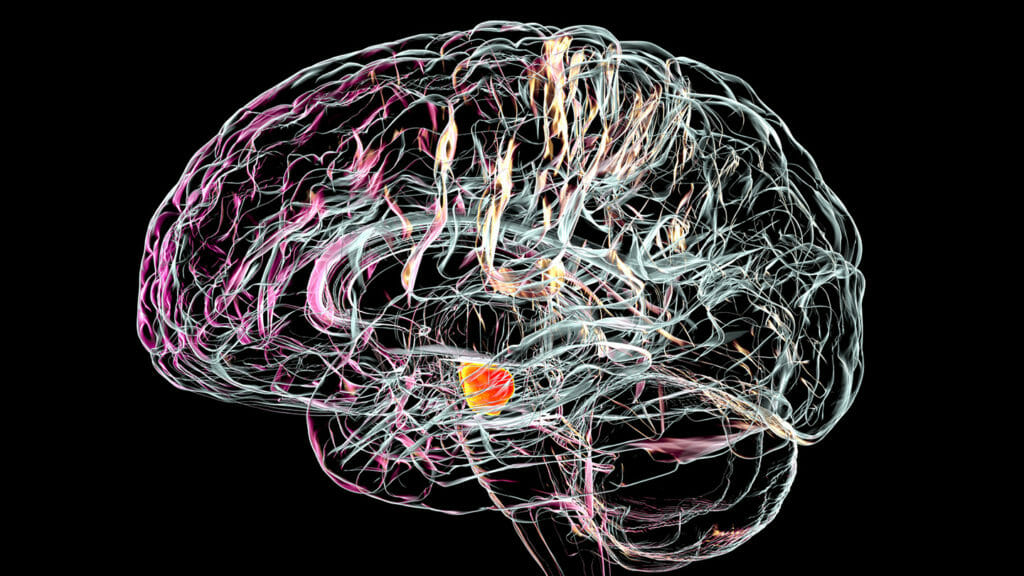
Software designed to make deep brain stimulation more efficient and effective has received clearance from the US Food and Drug Administration.
Boston Scientific announced last week that its newly approved software, Vercise Neural Navigator 5 with StimView XT, will “revolutionize” treatment for Parkinson’s and essential tremor diseases, according to Healthcare Technology Report.
Deep brain stimulation, which involves implanting electrodes to regulate impulses in the brain, has been used since the late 1980s to help control diseases, such as Parkinson’s, that induce tremors. But as with any technology that involves operating on or within the brain, DBS can involve many risks and side effects.
Boston Scientific’s software includes the ability to model the patient’s brain, as well as where the directional leads are inside, which clinicians can view during the stimulation process. That functionality cuts the software programming time in half, allowing more patient-doctor interaction the company claims.
The complex technology also includes the controls for the DBS pulse generators and wireless Bluetooth connectivity, the company notes.
Use of DBS has been increasing, and approximately 12,000 new patients received the treatment annually as of 2021, research has found.
More than a million Americans currently have Parkinson’s disease, and that number is expected to grow. The risks of DBS (including the possibility of death) increase for older adults, recent studies show.
Although safer DBS would be a major benefit for Parkinson’s patients, other less expansive tech options also are being developed or on the market. A recent wearable device from Cala helps reduce hand tremors, whereas an app released earlier this year helps patients and medical professionals communicate about the disease.


